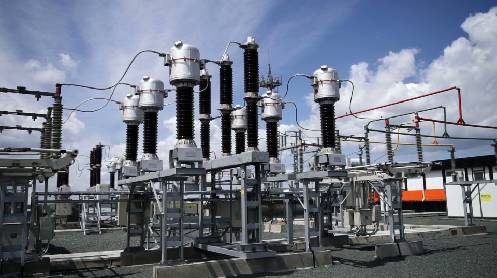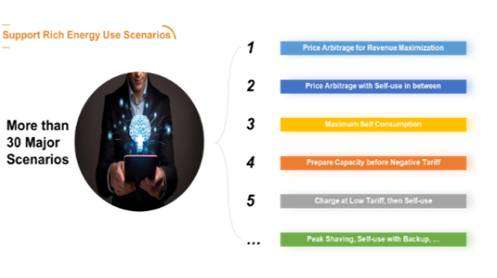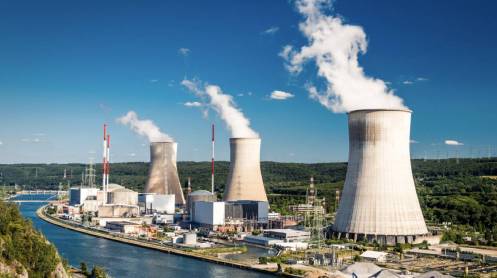LAHORE – Pakistan’s power sector is witnessing a significant shift as the use of locally mined coal rises sharply, bringing down generation costs and easing reliance on imported fuels.
According to a recent Topline Securities report, electricity generation in March 2025 surged to 8,409 GWh — up 5% year-on-year and 21% from February. Notably, electricity produced from domestic coal soared 62% compared to March 2024, reaching 1,393 GWh and boosting coal’s share in the national energy mix to 17%, from 11% a year ago.
This growth is largely driven by the development of Thar’s vast lignite reserves in Sindh, which had long been overlooked due to technical and investment constraints. With support from the China-Pakistan Economic Corridor (CPEC), major projects launched since 2014 have transformed Thar into a power-generation hub. Coal-fired plants utilizing Thar’s resources have already produced over 27,000 GWh at a cost-effective Rs4.8/unit, compared to Rs19.5/unit using imported coal — saving the country nearly $1.3 billion in foreign exchange.
Power plants such as Sahiwal, Port Qasim, and Hubco have been adapted to utilize Thar coal. Technological advancements in mining and combustion have addressed initial concerns over lignite quality.
However, environmental concerns persist, particularly around emissions and water scarcity in Thar. Officials emphasize the integration of carbon capture and hybrid renewable solutions to mitigate impacts.
With the average fuel cost per unit falling to Rs12.2 in March — a 27% annual and 11% monthly reduction — local coal has proven to be a cost-saving asset. Yet, authorities stress that coal is a transitional resource, and Pakistan remains committed to diversifying into solar, wind, and hydro to ensure long-term sustainability.
Story by SHAHRAM HAQ







